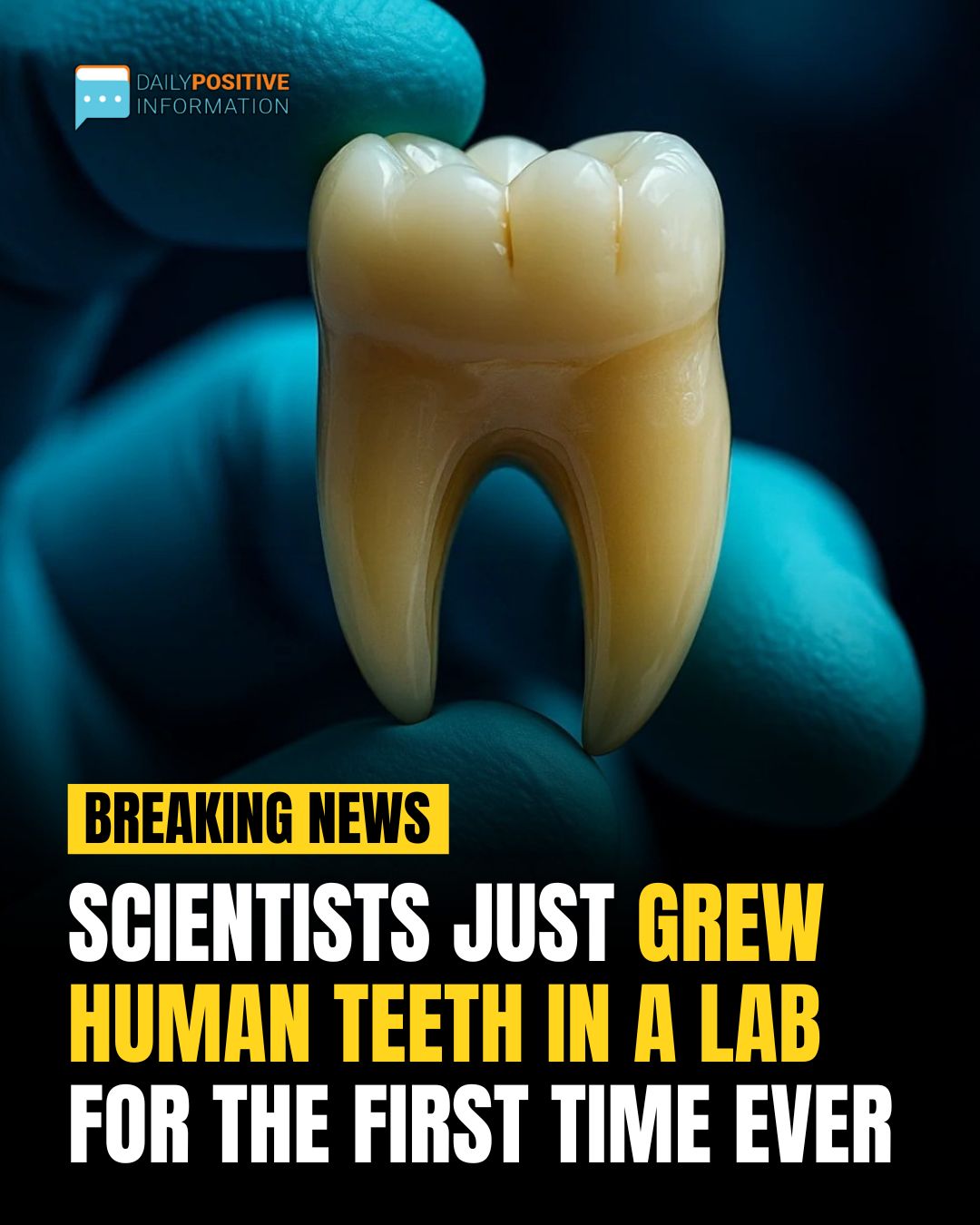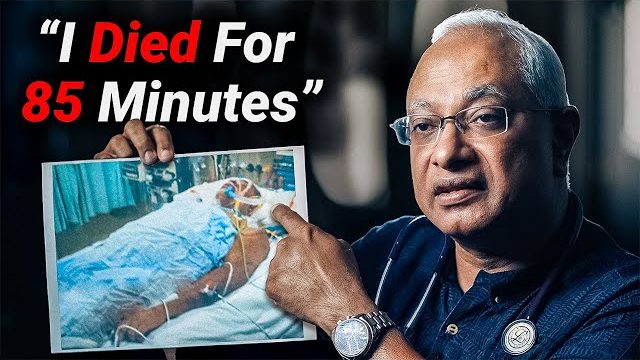Scientists have achieved a remarkable breakthrough by growing the first fully formed human tooth in a lab, marking a giant leap forward in the world of regenerative dentistry. This innovative development was made possible through a collaborative study conducted by researchers at King’s College London and Imperial College.

Using a specially engineered material, they were able to mimic the conditions necessary for natural tooth development, opening the door to potentially life-changing dental treatments. The long-term goal is to enable patients to grow replacement teeth using their own cells, offering a biological solution that could one day replace artificial implants and fillings. This cutting-edge discovery has enormous implications for people who have lost adult teeth due to injury, illness, or decay.
Traditional dental treatments like crowns, dentures, and implants come with limitations. Fillings, for instance, may damage the surrounding tooth structure and often need to be redone, while implants require surgery and don’t always integrate seamlessly with the jawbone. Over time, these methods can weaken, degrade, or lead to additional complications. Lab-grown teeth, however, have the potential to naturally repair and adapt to the mouth’s environment, just like real teeth, reducing the need for invasive dental procedures and offering a more sustainable alternative. The research team successfully recreated the early stages of tooth formation by designing a bioengineered material that closely imitates the natural environment of developing cells, known as the extracellular matrix.
This matrix is crucial for signaling between cells during the growth of organs and tissues. Dr. Ana Angelova Volponi, a lead researcher and the head of the MSc program in Regenerative Dentistry at King’s College London, explained that they created an environment where cells can effectively communicate and begin the process of forming a tooth in a lab dish. She emphasized that such advanced techniques could transform dental care by introducing more efficient and long-lasting solutions for repairing and regenerating teeth.
Co-author Xuechen Zhang added that the newly developed material is highly adjustable and can be fine-tuned to enhance tooth development. According to Zhang, the ability to gradually deliver cell signals—rather than all at once like in previous attempts—makes this approach more successful at triggering natural tooth formation. The material, designed in partnership with Imperial College, encourages cell-to-cell communication that closely mimics the biological processes of real tooth development, allowing the cultured cells to send signals that initiate the creation of a tooth structure. With the foundational research in place, the next challenge is figuring out how to apply this in real-world dental procedures. There are currently two main options being explored. One possibility involves transplanting young, developing tooth cells directly into the jaw where a tooth is missing, allowing them to grow naturally within the mouth. The other option is to grow an entire tooth in the lab and then surgically implant it into the patient’s mouth. Both approaches require beginning the early stages of tooth development in a lab environment, but each has its pros and cons that must be evaluated in future testing. Zhang also pointed out that conventional treatments like fillings and implants are far from perfect. Fillings tend to weaken teeth over time and don’t prevent further decay or sensitivity. Implants, while durable, require complex surgery and don’t always fully restore the functionality of a natural tooth. These treatments are artificial and often fail to match the longevity and adaptability of a real tooth, which is why this new regenerative method could be a game changer. Moving forward, researchers plan to test both delivery methods using preclinical models to determine which technique is safer, more effective, and better suited for integration into standard dental care. If upcoming trials prove successful, the future of dentistry could involve custom-grown teeth made from a patient’s own cells, significantly lowering the risk of rejection and offering a natural, long-term solution to tooth loss.





